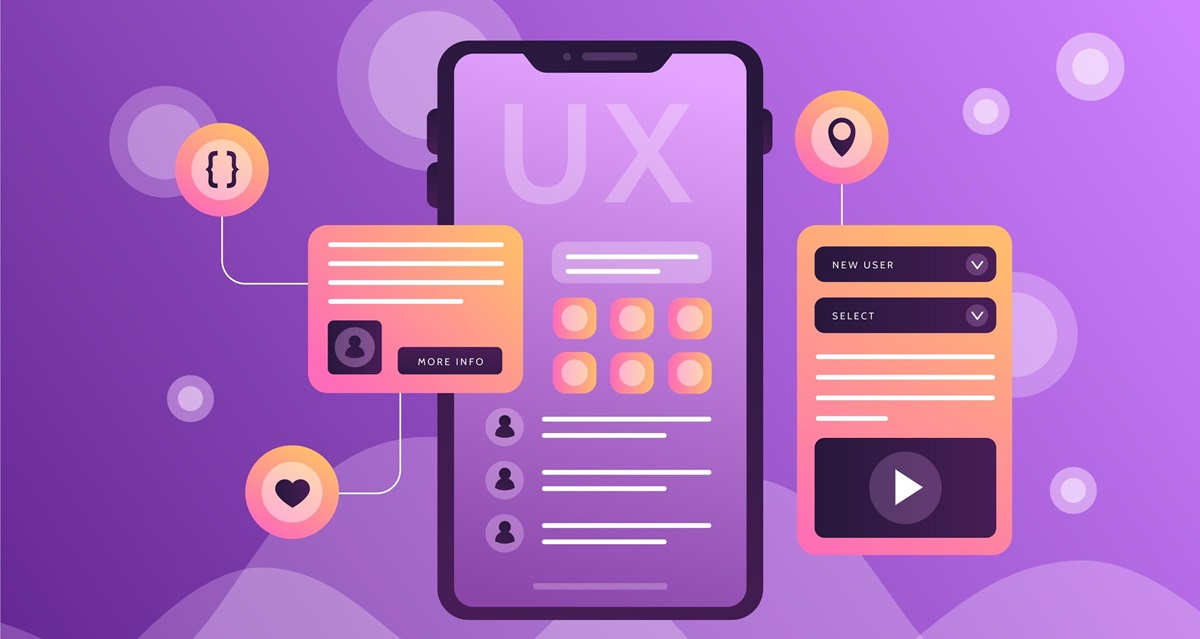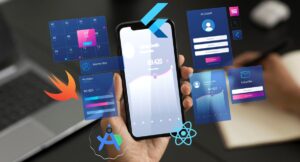Understanding the Latest Mobile App Design Trends
In the ever-evolving landscape of mobile app development, staying abreast of and understanding the latest mobile app design trends is paramount to creating applications that not only captivate users but also stand out in a highly competitive market. In this blog post, we’ll take a deep dive into the current mobile app design trends that are shaping the industry. We will explore their impact on user experience. At the end we will look at examples of successful apps that have embraced these design principles.
Introduction to understanding the latest mobile app design trends
Understanding the latest mobile app design trends goes beyond aesthetics; it’s about creating a seamless and enjoyable experience for users. As technology advances, so do design trends. Design influences the way we interact with and perceive mobile applications. Let’s explore the cutting-edge design trends that are making waves in the world of mobile app development.
- Dark Mode Dominance: Dark mode has emerged as a dominant force in the design landscape. Apps like Instagram, Twitter, and WhatsApp have embraced this trend, allowing users to switch between light and dark themes. Dark mode not only enhances visual appeal but also contributes to reduced eye strain, especially in low-light conditions.
- Microinteractions for Macro Impact: Microinteractions are subtle animations or visual cues that respond to user actions. From a heart icon changing colors on a like button to a subtle bounce when a notification is received, microinteractions enhance user engagement and create a more dynamic and responsive user interface.
- Neumorphism (The Soft UI Revolution) : Neumorphism is a design trend that brings a sense of realism to digital interfaces. Characterized by soft shadows, gradient backgrounds, and minimalist elements, neumorphic design provides a tactile and visually pleasing experience. This trend has gained traction in applications aiming for a modern and futuristic look.
- Gesture-Based Navigation: With the increasing prevalence of bezel-less screens, gesture-based navigation has become a popular choice for mobile app interfaces. Swipes, pinches, and taps replace traditional buttons, providing a more immersive and intuitive user experience. Apps like Tinder and Instagram leverage gesture-based navigation to streamline user interactions.
- Customizable User Interfaces: Personalization is key, and customizable user interfaces allow users to tailor their app experience to suit their preferences. From choosing themes to rearranging elements on the screen, customization fosters a sense of ownership and enhances overall user satisfaction.
- 3D Graphics and Augmented Reality Integration: The integration of 3D graphics and augmented reality (AR) is elevating mobile app design to new heights. Applications like Pokémon GO and IKEA Place showcase the potential of AR, offering users interactive and immersive experiences that go beyond traditional flat design.
Impact on User Experience
Understanding and incorporating these design trends can significantly impact user experience. Dark mode enhances readability and reduces eye strain, microinteractions make interactions more engaging, neumorphism provides a visually pleasing aesthetic, gesture-based navigation simplifies user interactions, customizable UIs enhance personalization, and 3D graphics and AR offer a more immersive experience.
By adopting these design trends, developers can create apps that not only meet users’ functional needs but also provide an enjoyable and memorable interaction.
Examples of Successful Implementations
- Instagram – Dark Mode: Instagram introduced dark mode to provide users with a more comfortable browsing experience, especially during nighttime. The dark background not only enhances visual appeal but also allows content to pop, creating a more immersive environment.
- Tinder – Gesture-Based Navigation: Tinder’s swipe-right-to-like and swipe-left-to-pass gesture has become iconic. This simple yet effective gesture-based navigation has contributed to Tinder’s widespread popularity, making the app easy and fun to use.
- Apple Music – Customizable UI: Apple Music allows users to personalize their playlists, choose themes, and customize their library appearance. This customization feature enhances user engagement, making the app feel tailored to individual preferences.
- IKEA Place – Augmented Reality: IKEA Place leverages AR to allow users to virtually place furniture in their homes before making a purchase. This immersive experience not only assists users in decision-making but also sets IKEA apart in the competitive retail app space
Conclusion
Staying informed about the latest mobile app design trends is crucial for developers and designers aiming to create innovative and user-centric applications. Whether it’s embracing dark mode, incorporating microinteractions, adopting neumorphism, implementing gesture-based navigation, providing customizable UIs, or integrating 3D graphics and AR, each trend contributes to a more refined and enjoyable user experience.
By understanding these trends and their impact, developers can not only meet but exceed user expectations, creating apps that resonate with users and stand out in an increasingly crowded app market.























